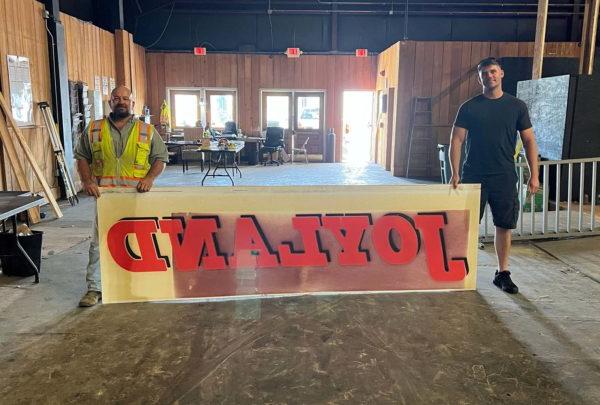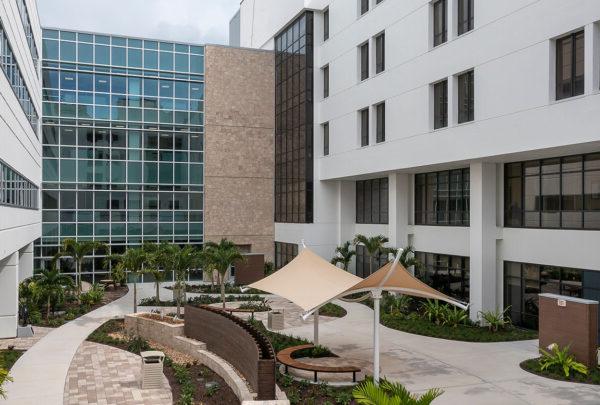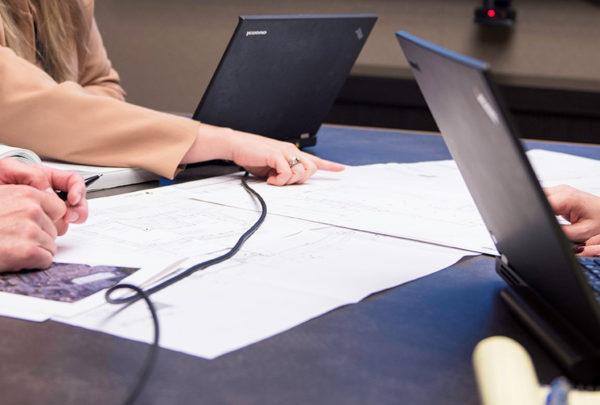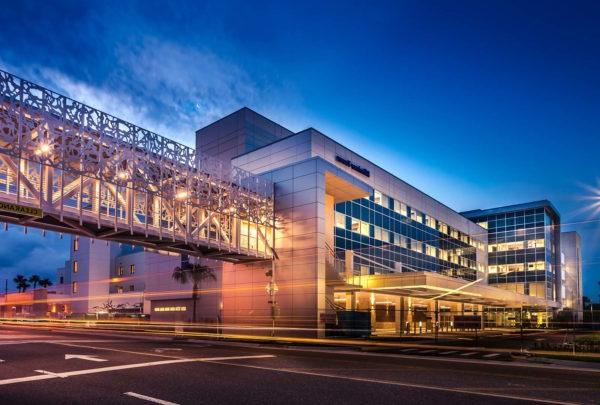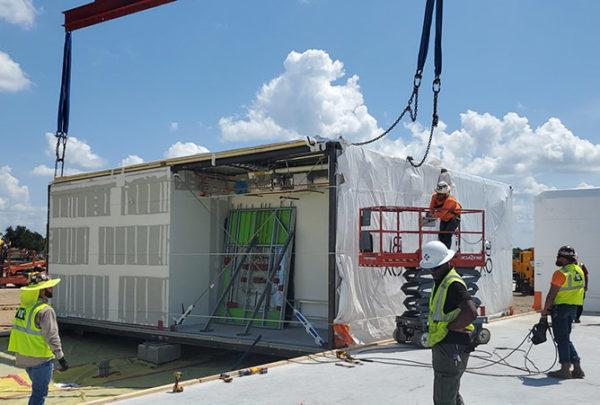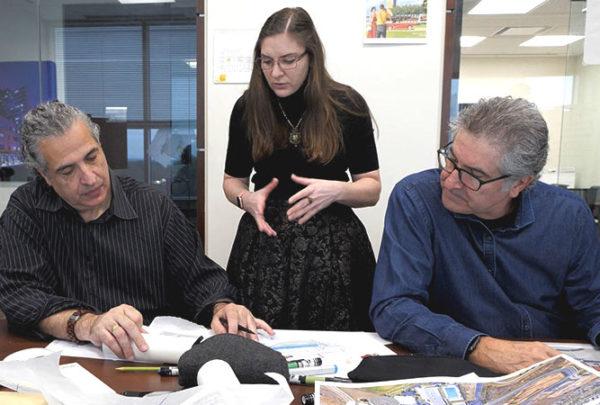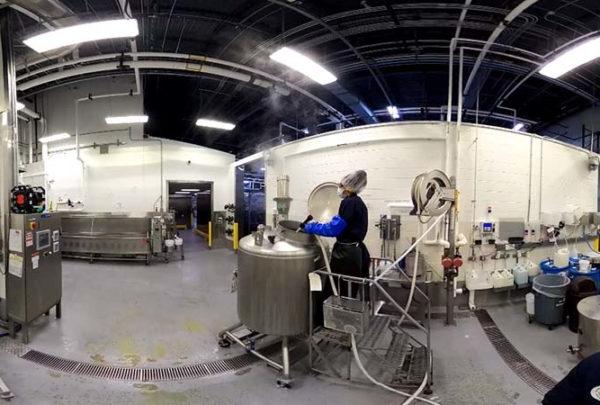- Locations
- Locations
- United States
- International
United StatesInternationalLatin America Region
- Careers
- Contact Us
- Markets
Effective Capital Execution in Dynamic Markets.
We provide fully integrated facility solutions that ensure the execution of capital projects across markets, offering local presence and global reach to the private and public sectors.
- Services
Maximize Value and Certainty of Outcome.
With broad-based expertise across disciplines, we are an unparalleled source for performance-driven facilities built to deliver, from concept to ribbon-cutting.
- Engineering Specialties
Specialties Curated to Meet Client Needs.
With a broad range of in-house engineering expertise, we can optimize your current operations or take your new project from concept to completion, providing unrivaled service and results.
- Projects
- News & Insights
- About
澳门足彩app is Built to Serve our Clients.
澳门足彩app is a global network of experts providing integrated design, engineering, construction and professional services to clients and communities.


























